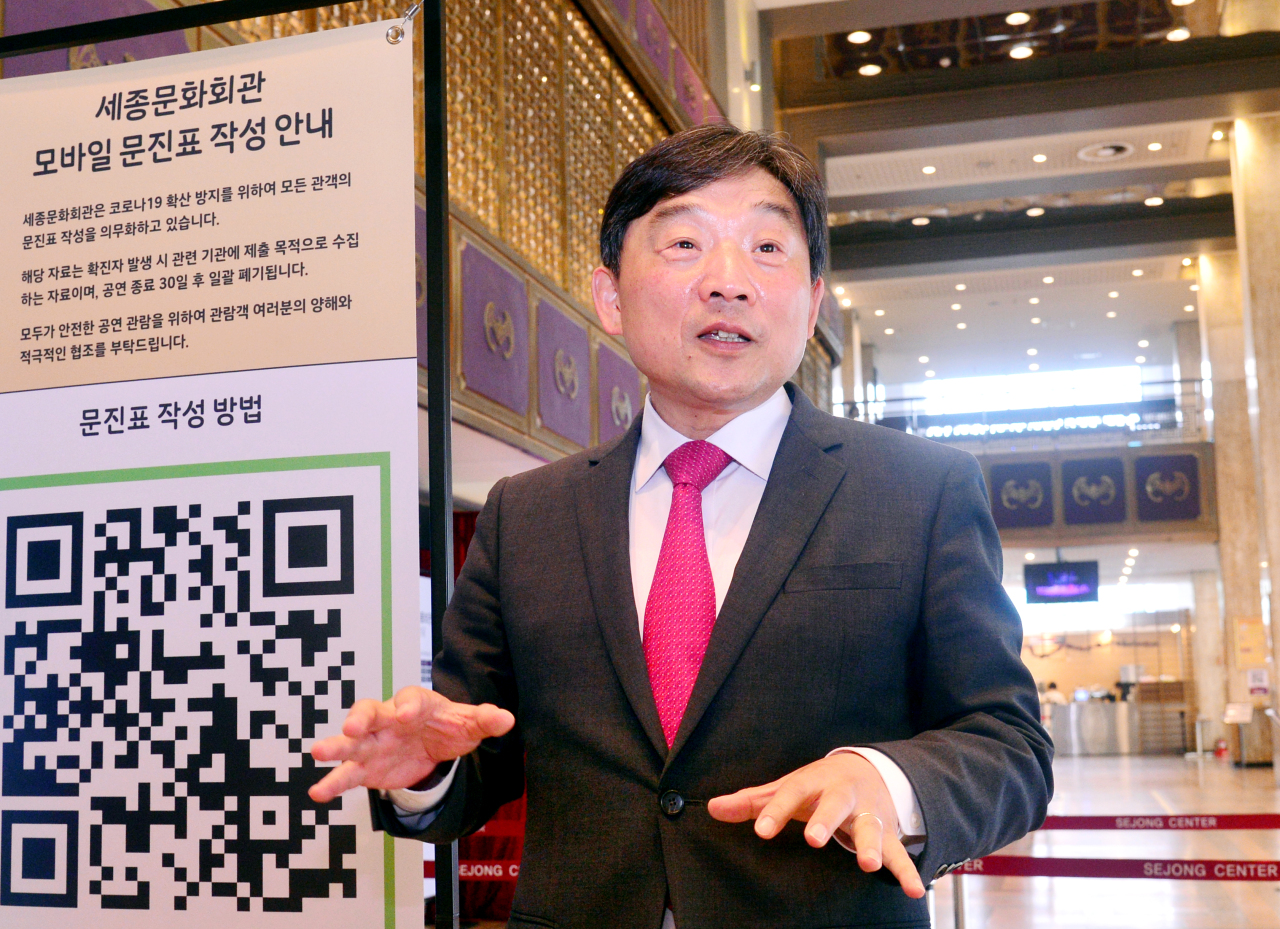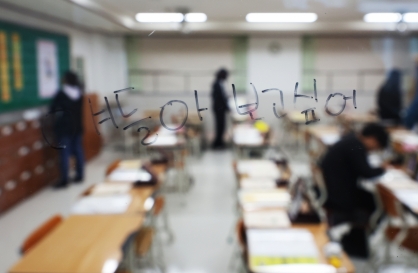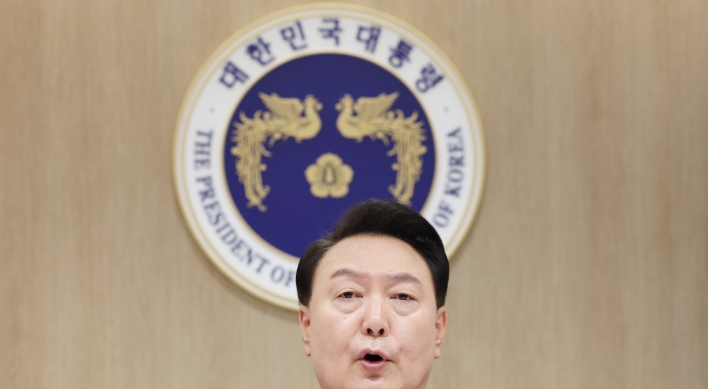[The Arts Amid COVID-19] With venues closed, performing arts look for new outlets
Head of Sejong Center suggests paid subscription-based streaming of performance content
By Im Eun-byelPublished : July 4, 2020 - 16:00

During the COVID-19 pandemic, paid subscription models such as Netflix and YouTube Premium may be an answer for the performing arts scene, according to the CEO of the Sejong Center for the Performing Arts.
While it has become the norm for performing art troupes to reach out to audiences at home online in recent months, the Sejong Center’s CEO Kim Sung-kyu believes a sustainable business model must be built soon. As of now, most performances are streamed online free of charge.
“Viewers do not pay (for the shows). Rather, performers and production companies pay for the online streaming. For music and films, the users pay, but not for performing arts,” Kim told The Korea Herald during an interview held at his office at the Sejong Center in Gwanghwamun in central Seoul.
“Without consumers, there cannot be a sustainable business model, thus it would be impossible to invigorate the performing arts scene,” he said. Kim, a former accountant, was appointed as CEO of the art theater in September 2018.
The Sejong Center itself has been going online for the past few months. The theater livestreamed a series of performances, introducing individual art troupes in April, funded by the Seoul Metropolitan Government. The center hosted the “Classic Edge” show in late June, receiving donations from viewers. Though the concert was free, viewers could donate 3,000 won ($2.50) or more.
The head of the arts center pointed out, however, that the current streaming structure is not the most efficient model.
“Art theaters are streaming their performances at night and the viewers have to choose what to watch as they cannot watch all the shows streamed live at the same time,” Kim said.
While citing the need to establish a business model for online streaming, Kim stressed that art troupes must return to the stage soon.
“I personally think online performances are substantial. Of course, it could be a way to expand the market by showing the art troupes’ capability to the world, however, there are certain limits, especially from financial aspects,” he said.
The Sejong Center has been on hiatus over the past few months as a public art theater funded by the Seoul Metropolitan Government. Shows were canceled each time the government extended its social distancing measures.
“(The one-sided cancellation) is disrespectful to artists. I understood the need for social distancing, of course. It was necessary to minimize all the risks. (The restrictions), however, should have been specified over time,” Kim said.
Recently, musical “Mozart!” kicked off at the Sejong Center on June 16. Produced by private agency EMK Musical Company, the musical did not adapt a zigzag seat formation though its venue is a public arts theater. Instead, the Sejong Center strengthened its health check system, including by adopting QR code registrations. Audience members must “check-in” using the QR code service.
“Applying the zigzag seating configuration to private agencies is too harsh. Tickets were already sold. A total of 1 billion won worth of tickets were refunded when the opening date of ‘Mozart!’ was pushed back four days,” Kim said.
Due to social distancing measures, the opening date of “Mozart!” was delayed four days.
“Everyone was crying at the opening show, the producers, the audience and the actors,” Kim recounted. “Art troupes under the Sejong Center are very supportive of ‘Mozart!’ They believe they can return to stage only when ‘Mozart!’ works out.”
Starting with “Mozart!” the Sejong Center will get back to its normal routine in the coming weeks.
“If the stages remain empty longer, it is not good for us, either. It would be better to invite individual art troupes for performances even without actual audiences, rather than having the stages sit empty,” he said, adding further details would have to be discussed with the Seoul Metropolitan Government.
After the COVID-19 pandemic, Kim thinks the form the performing arts take will change in the future.
“Performing art halls will be different. Some may be like studios without audience seats. We would have to come up with new forms of performing arts fit for the new type of stages. Platforms will be different, too. But in the end, it is about the profitability, there should be profit for art to continue,” Kim said.
While the performing arts scene has been struggling to continue with their artistic activities despite the ongoing virus situation, some question whether it is necessary to fund performing arts shows at a time like this.
The CEO explained everything eventually comes down to the fundamental question on the role of the arts.
“Korea now is past the state of having to struggle for a living. At this point, the difference in national growth stems from culture. After all, the arts is what makes a human a human,” Kim said.
By Im Eun-byel (silverstar@heraldcorp.com)



















